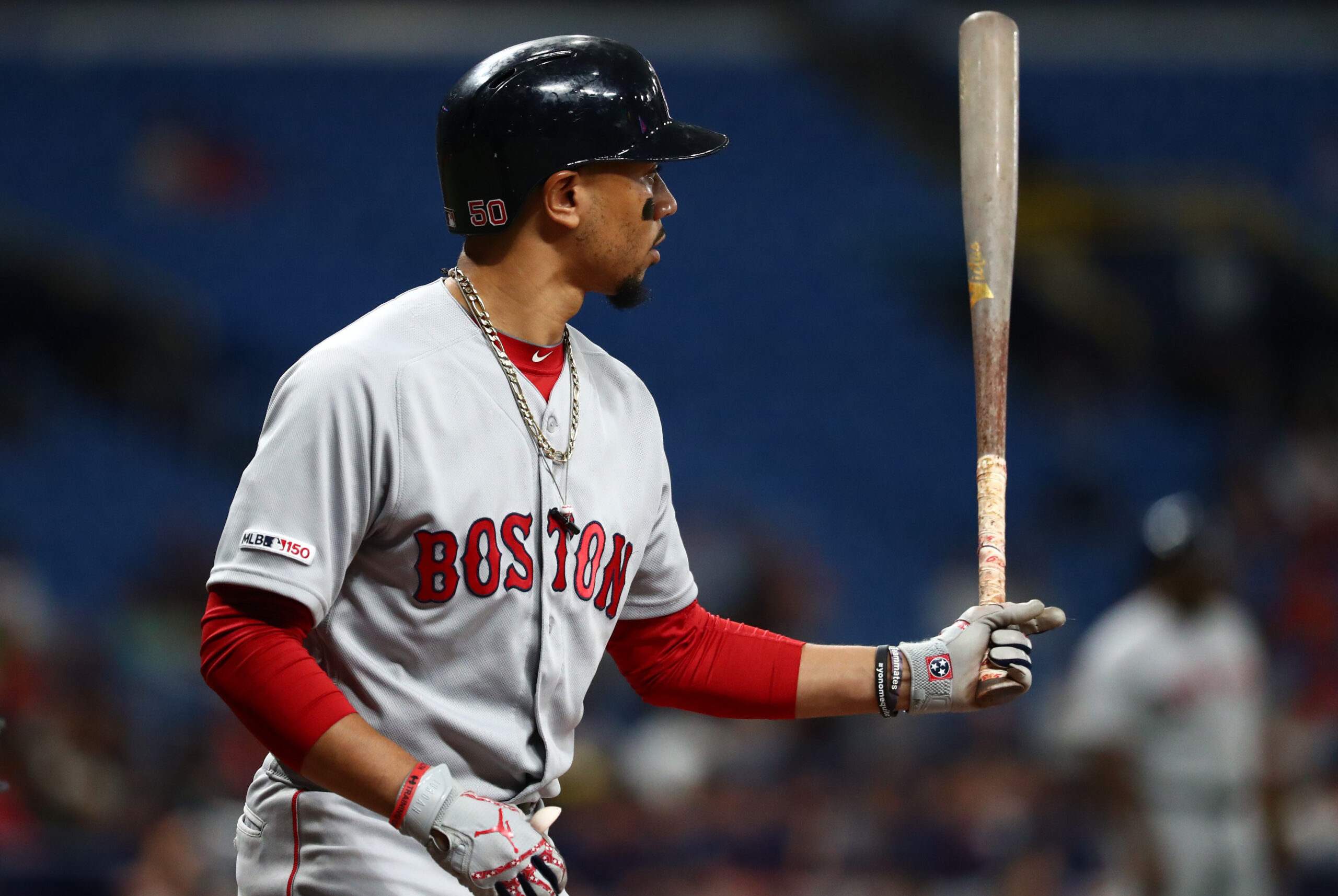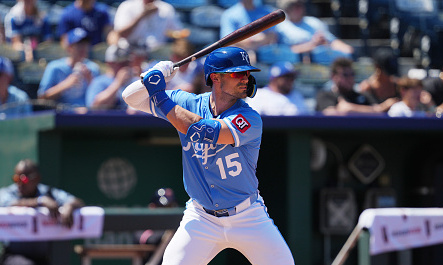In March of 2019, ESPN released its list of The 100 Biggest Names in Sports. Cristiano Ronaldo, LeBron James, and Lionel Messi head the list.
The first (and only) baseball player on that list is Bryce Harper.
And he is at No. 99.
The popular consensus is that Baseball needs someone to be the face of the sport.
A name, a headliner, someone who will be their spark-plug and will bring energy and passion to the game- but most importantly, the MLB needs someone who will make the sport of Baseball must-see entertainment and attract the non-baseball fans to the game.
Baseball thought they had this perfect star in Bryce Harper, the 19 year old who was touted as being the “LeBron James of Baseball,” as his helmet would fly off when turning a single into a double, revealing his long flowing hair. He’s the one who put up historic numbers in the 2015 season which earned him that year’s MVP award.
Unfortunately, this same Bryce Harper ranked 32nd in the tell-all statistic of Offensive Wins Above Replacement in addition to being the worst defensive right fielder in the MLB in the 2018 season (the one prior to ESPN’s 2019 list).
In order for him to become “The Man,” he will need to show more consistency.
The best player in Baseball is undoubtedly Mike Trout. Trout is a generational talent who is already being considered one of the greatest of all time. That being said. When your best player’s passion is meteorology and has only played in three playoff games, he won’t become too much of a household name.
To understand what a star can mean to his sport, we must take a look at the two most star-driven leagues in the country, the NBA and NFL.
Football is faith in the United States with its flashy plays, flamboyant players, and extravagant events. Football is doing great, and this is in big part due to its star culture.
Let’s take a look at the other sport whose players’ stardom is key to their growth: the NBA.
NBA players are doing very well for themselves. They have fully-guaranteed contracts, major shoe deals, and they do not wear a helmet or mask which allows for their faces to be more easily seen and recognized.
The following players are some of the biggest stars in their respective sports:
Anthony Davis. Kawhi Leonard. Kristaps Porzingis. Jimmy Butler. Kyrie Irving. Le’Veon Bell. Antonio Brown.
What do the aforementioned names all have in common?
They have all demanded that they get traded or receive a bigger contract. Most of their demands were met.
When you have a star-studded league, the stars begin to use whatever leverage they have to get what they want. When that happens, you get off the field drama that could potentially destroy a team’s entire season or even alter the complete direction that a franchise was headed in.
When the player’s stardom is so integral to the sport in which he plays, it almost becomes as if he is the employer and the team/management are the employee.
Baseball has no such problem and its player-first contracts are considerably longer than the other two sports, which means they have a bigger excuse for wanting out (of their team or more money).
While big players like Bryce Harper and Manny Machado did sign with new teams last offseason, they did so in a classy way and did not openly hold their respective teams hostage.
It makes for a better, more focused game, and keeps the attention on the field instead of off it.
While it would definitely help the MLB brand if they could better market their stars, having a sport that is dependent on stars will add unnecessary off-field drama and will create the primadonna monsters that are the NFL and NBA stars.
We must ask ourselves this; do we want the MLB to become a league that is just one big reality show but is steadily increasing in its ratings, or do we want to leave the structure of the game as it is, which is a professional environment and drama-free, but whose ratings keep dropping by the year?
Just some food for thought.







